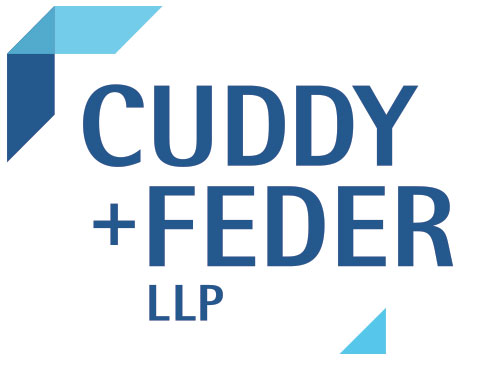
In New York State, the Environmental Quality Review Act (“SEQRA”) structures the process of assessing and mitigating the potential environmental impacts of development projects. The overarching purpose of SEQRA is “to incorporate the consideration of environmental factors into the existing planning, review and decision making processes of state, regional and local government agencies at the earliest possible time.”1 While the law undoubtedly fulfills a critical role in furthering this important public policy goal, at times its provisions – on their face – can be vexingly opaque, as lawyers, developers, planners, local officials, and other professionals earnestly seek to comply with its statutory provisions.
One of these frustrating clauses presents itself at the stage when a positive declaration has been issued and an Environmental Impact Statement (“EIS”) must be prepared. As part of the EIS, the project sponsor must consider a range of “alternatives,” and SEQRA § 617.9(b)(5) specifically provides that this range of alternatives must include a “no action” alternative.2 The “no action” alternative “must always be discussed to provide a baseline for evaluation of impacts and comparisons of other impacts.”3 Unfortunately, SEQRA does not elaborate further on what precisely constitutes a “no action” alternative, and therefore, what baseline must be used in calculations. This can lead to confusion for both the project sponsor, as they seek to fully comply with the provisions of SEQRA, as well as members of the public, who wish to understand and be involved in the environmental review process.
What Is A “No Action” Alternative?
There have been two distinct strains of thought on what constitutes “no action,” and as in most areas of law, the application of each is largely dependent on the facts in a given application. On the one hand, some courts have held that “no action” equates to a “no build” alternative, where a proposal’s potential environmental impacts are compared to the pre-existing and/or “as is” condition of the development site.4 On the other hand, there is precedent to support the position that an “as-of-right” (AOR) alternative may be used.5 In that scenario, the permitted build-out under the zoning code may be the proper alternative with which to establish the baseline for measuring the potential environmental impacts of the project proposal.6 Indeed, the NYS Department of Environmental Conservation (“DEC”) regulations expressly permit private developers to describe those alternatives for which no discretionary approvals are needed.7
In anticipation of project opponents claiming a Draft EIS is incomplete, a project sponsor should consider the value of identifying the existing physical conditions of the site to be in a position to compare that to both – the “no build” and AOR alternatives, if necessary. This is certainly not to say that the law requires a project sponsor to mitigate impacts based on the “no build” evaluation. However, included existing conditions data in the EIS may help to bolster the underlying record.
Finally, it is important for all involved in the SEQRA process to keep in perspective why the assessment of alternatives is required, and make this point clear to the lead agency during the scoping portion of the SEQRA process (assuming scoping is required for the EIS at issue). The consideration of a “no action” alternative may not be construed as a concrete, viable potential alternative use for the site; rather, its clear purpose may be to establish a reasonable baseline for assessing and, if necessary, determining appropriate and reasonable mitigation measures for the identified environmental impacts of a proposed project. The project sponsor and the lead agency must also consider context when analyzing the “no action” alternative for a specific project. For example, factors such as onsite contamination or existing blighted area conditions may impact the baseline as “no action” for these type of projects may mean that contamination will remain for an indeterminate timeframe, or that the community may miss out on the installation of new sidewalks, pedestrian connections or pocket parks for urban infill development.
A project sponsor should be mindful of these considerations early on in the SEQRA process and engage in an open dialogue with the lead agency and its staff to clearly establish the parameters of the “no action” analysis and the associated analyses.
- Munash v. Town Bd. of East Hampton, 748 N.Y.S.2d 160 (2d Dept. 2002), citing 6 N.Y.C.R.R. § 617.1(c).
- 6 NYCRR § 617.9(b)(5)(“the range of alternatives must include the no-action alternative”).
- The SEQR Handbook, 10th Ed., 2010 at 126.
- See 9 N.Y.Prac., Environmental Law and Regulation in New York § 4:23 (2d ed.) (updated 2014).
- See Committee to Preserve Brighton Beach v. Council of City of New York, 214 A.D.2d 335 (1 Dept 1995); see also, Vill. of Sleepy Hollow v. Board of Trustees of Tarrytown, Index No. 5940/04 (Sup. Ct. Westchester Co. 2005) (Tarrytown’s conditional approval for disassembly and reconstruction of County Asphalt Plant would merely replace an existing and operational facility with an updated version; a “no build” option was not required).
- Id.
- See 6 NYCRR § 617.9(b)(5)(v).

